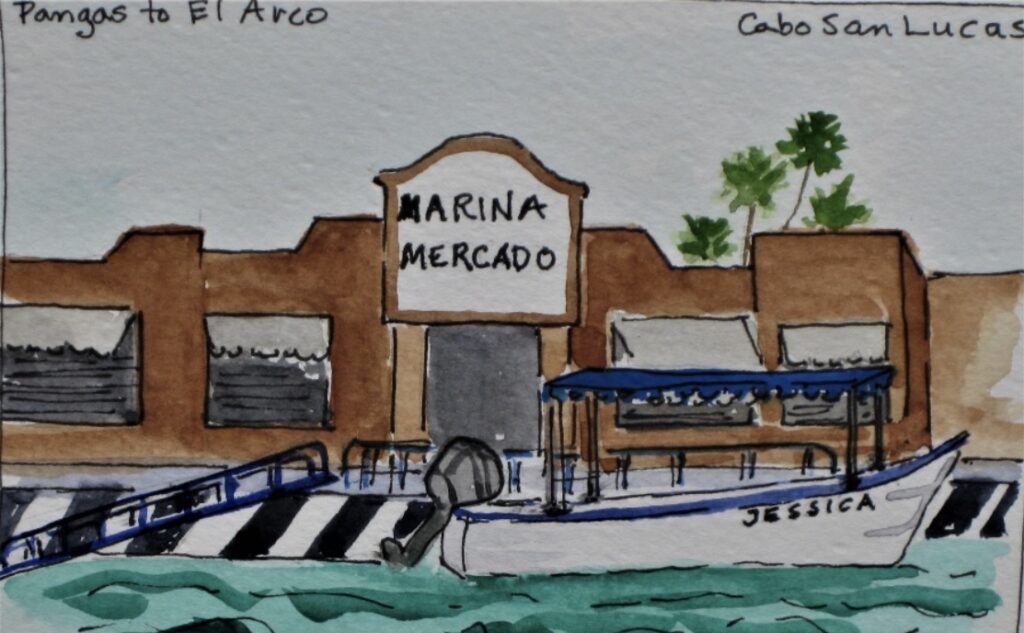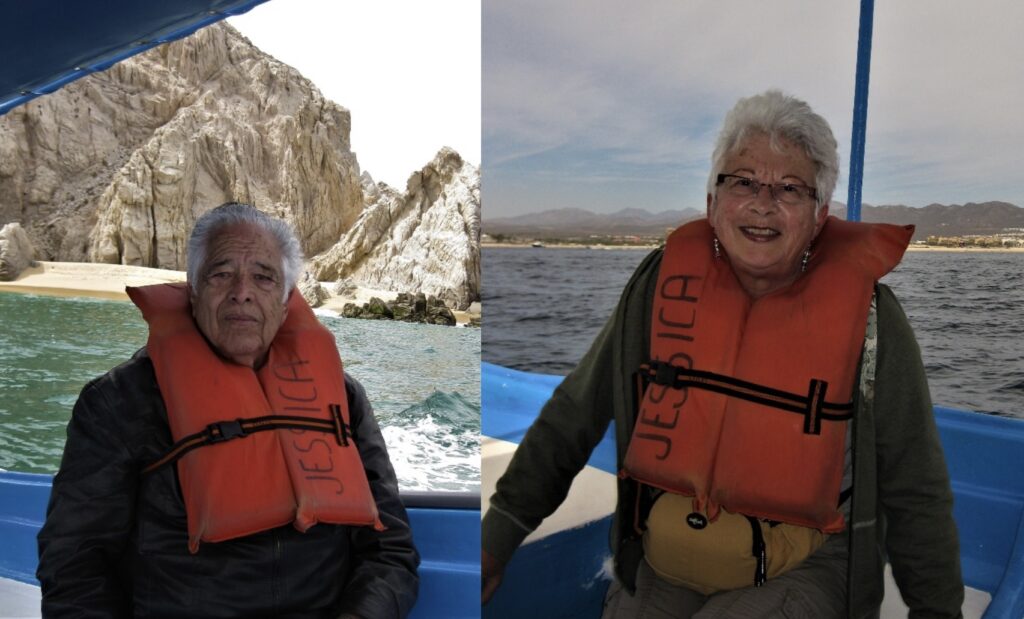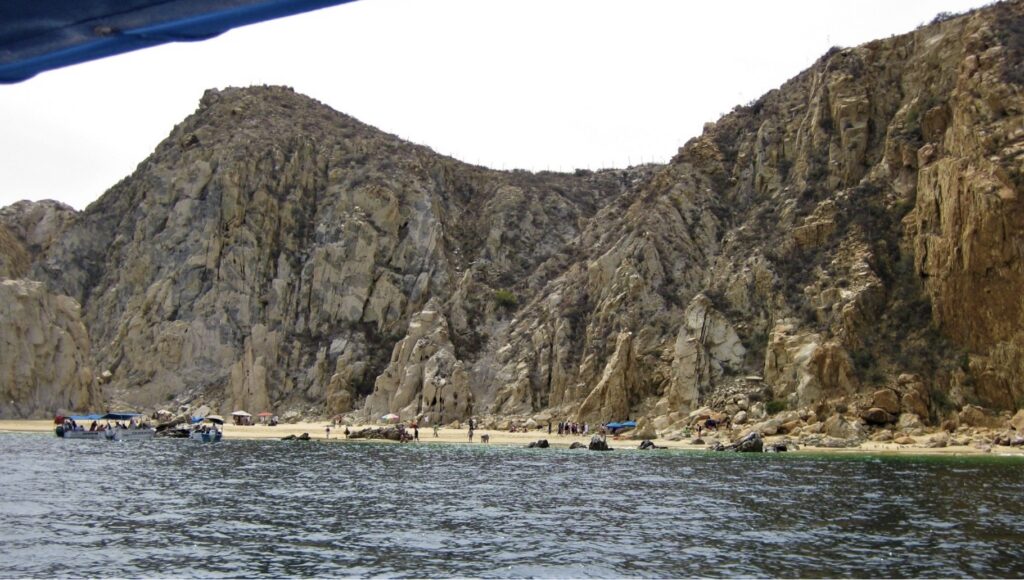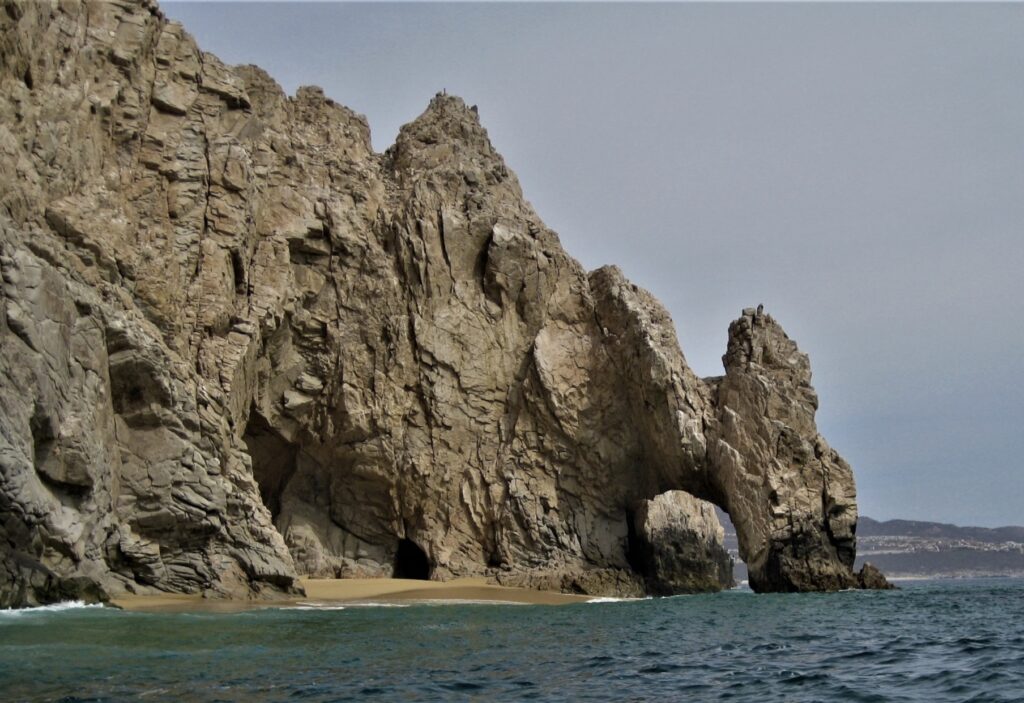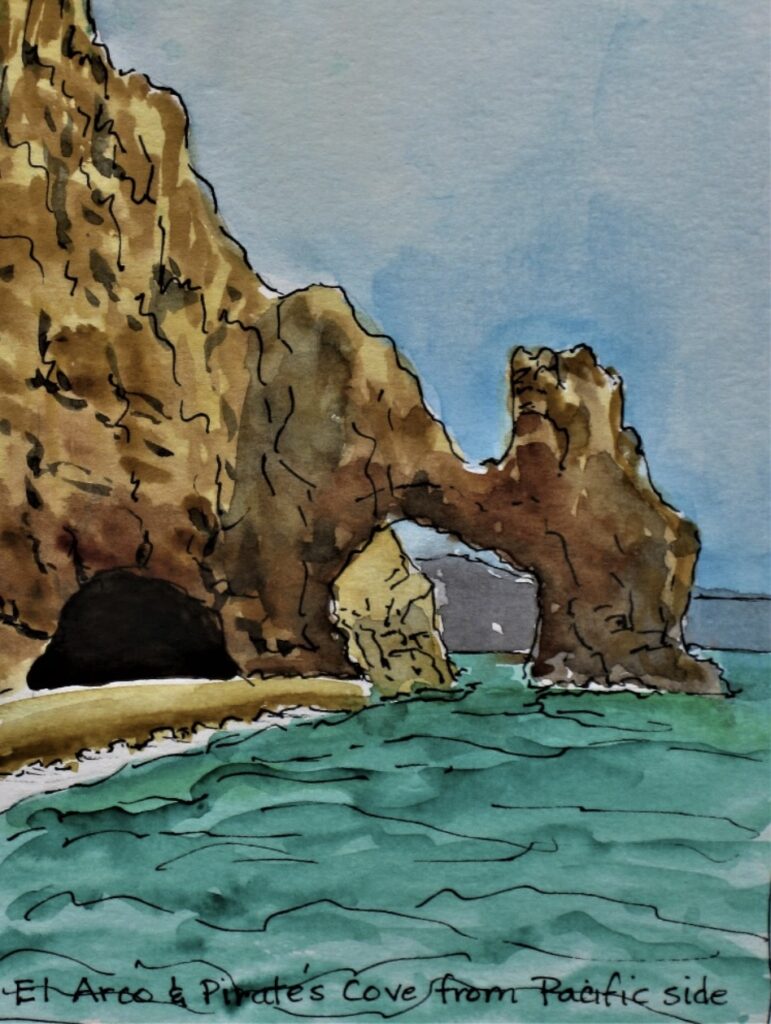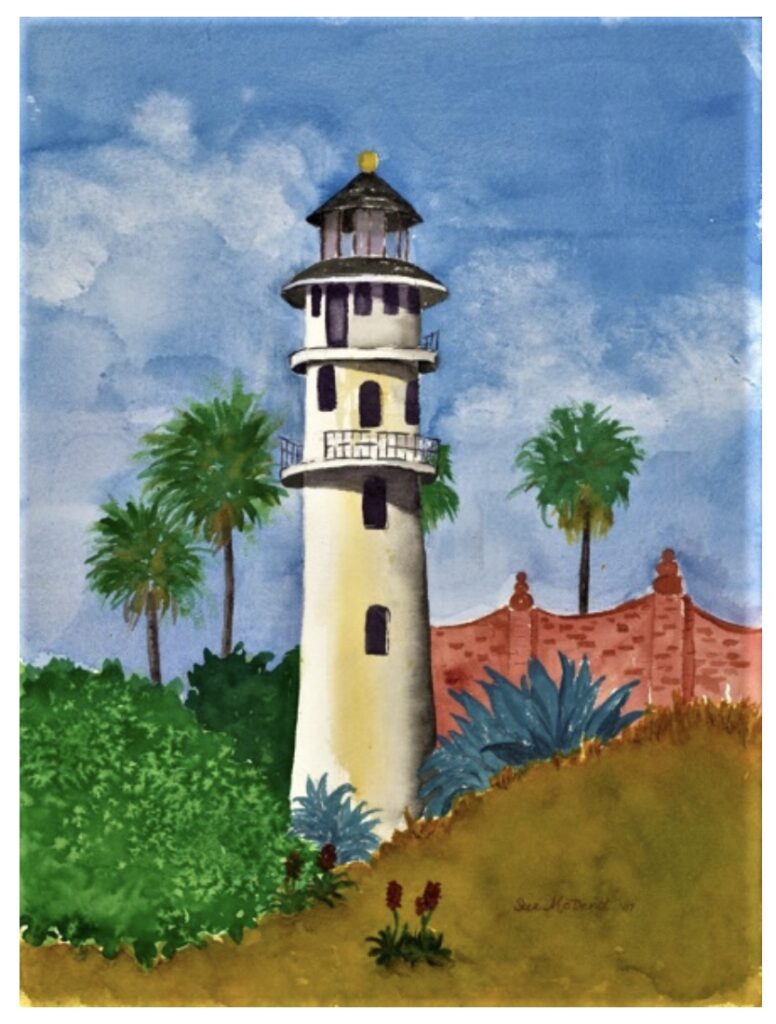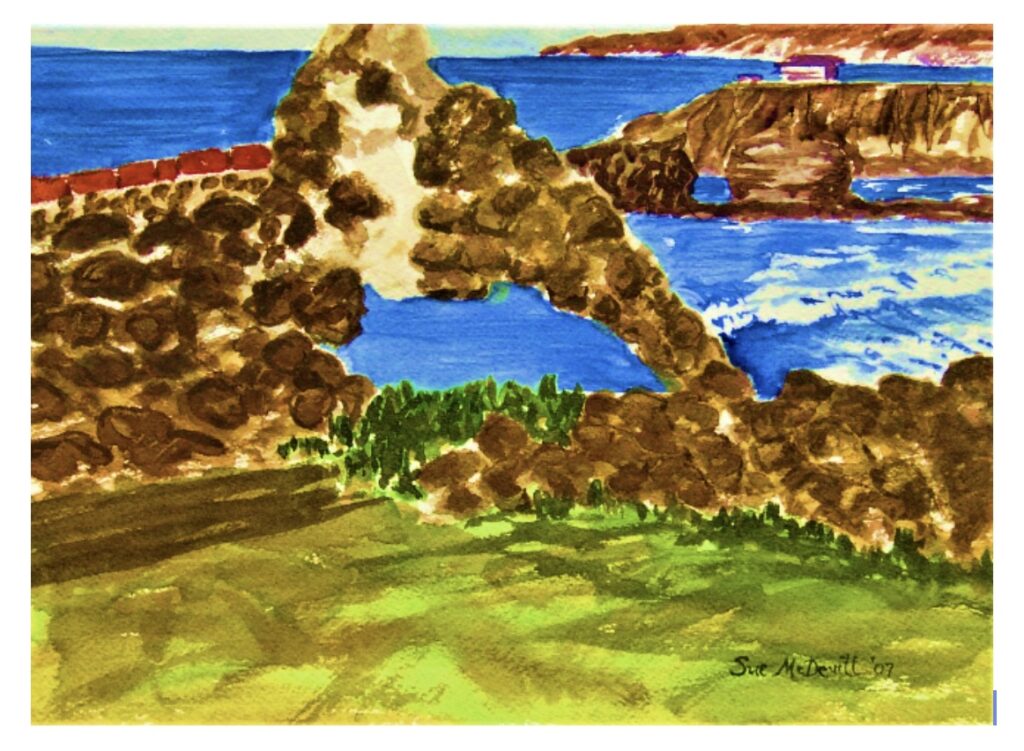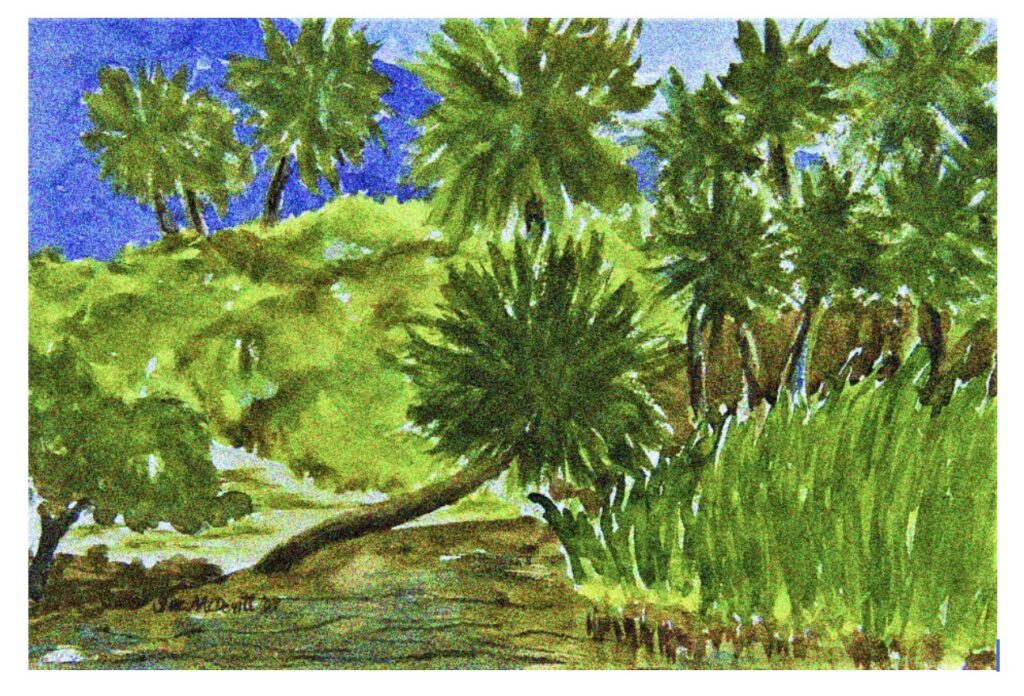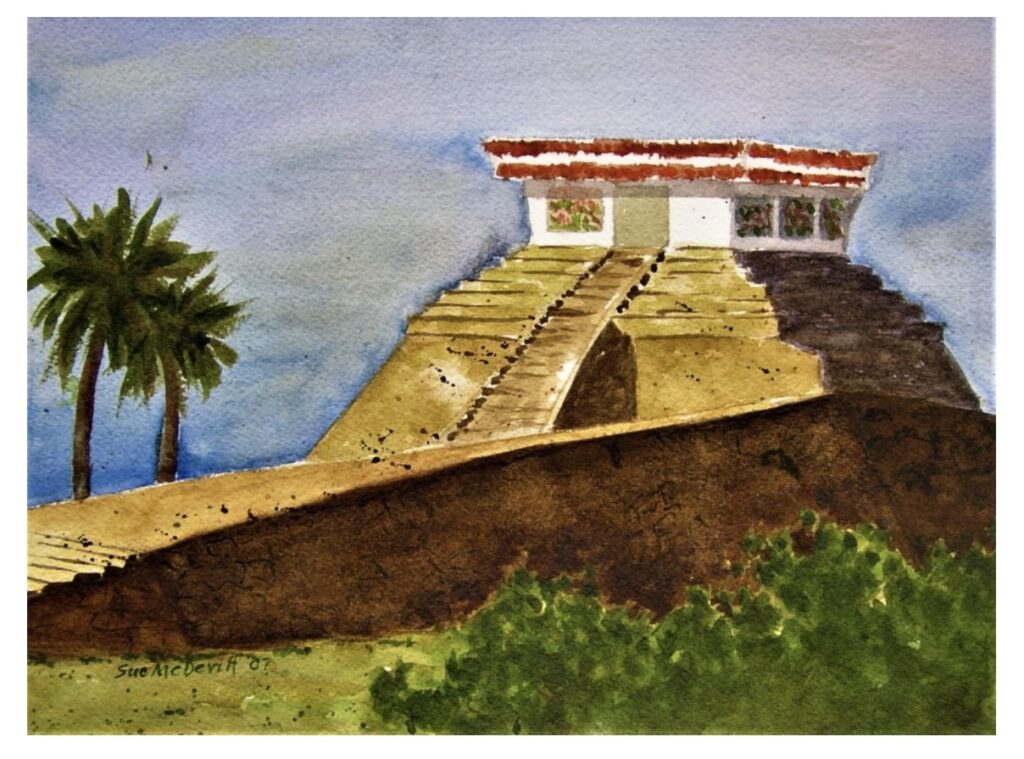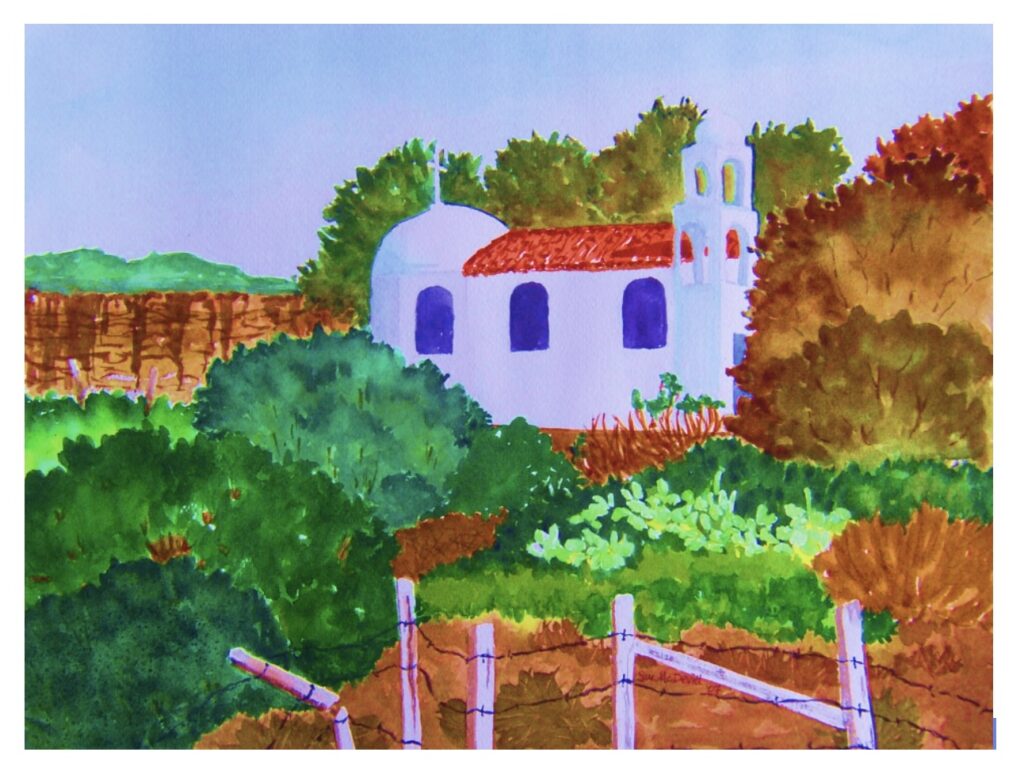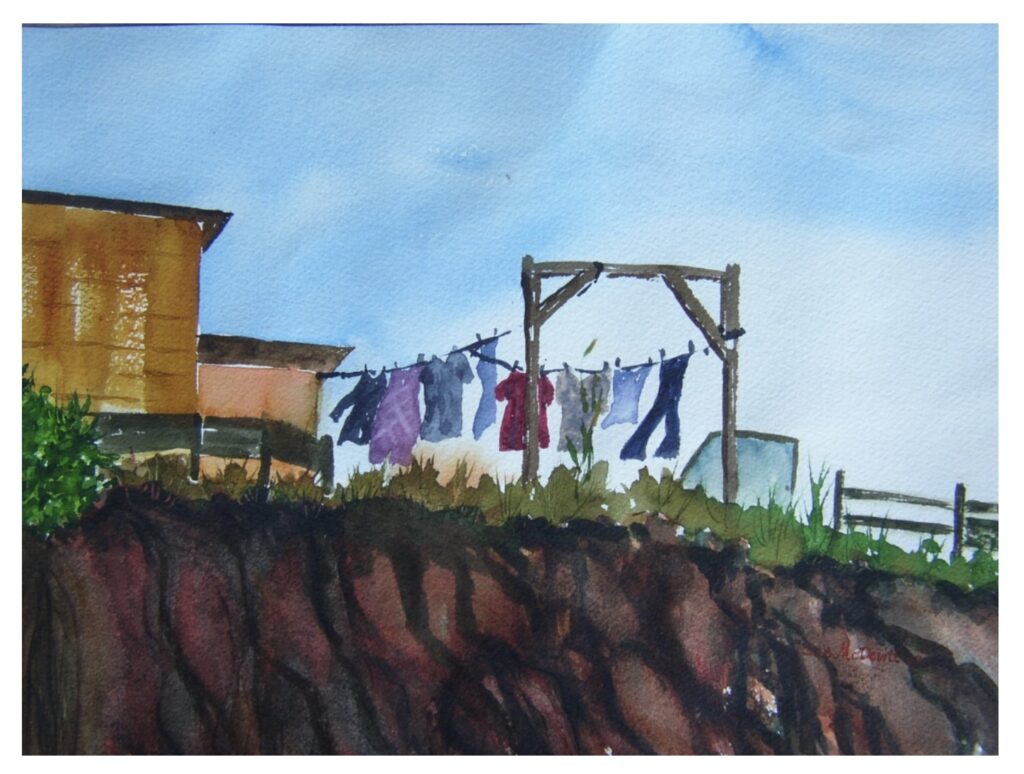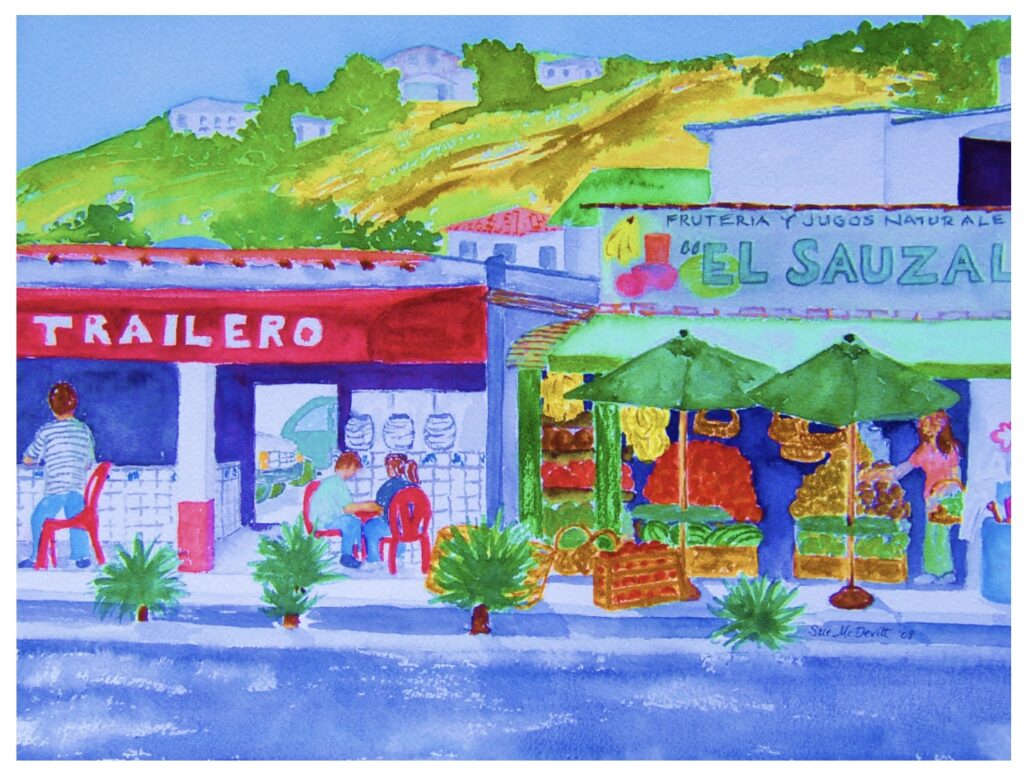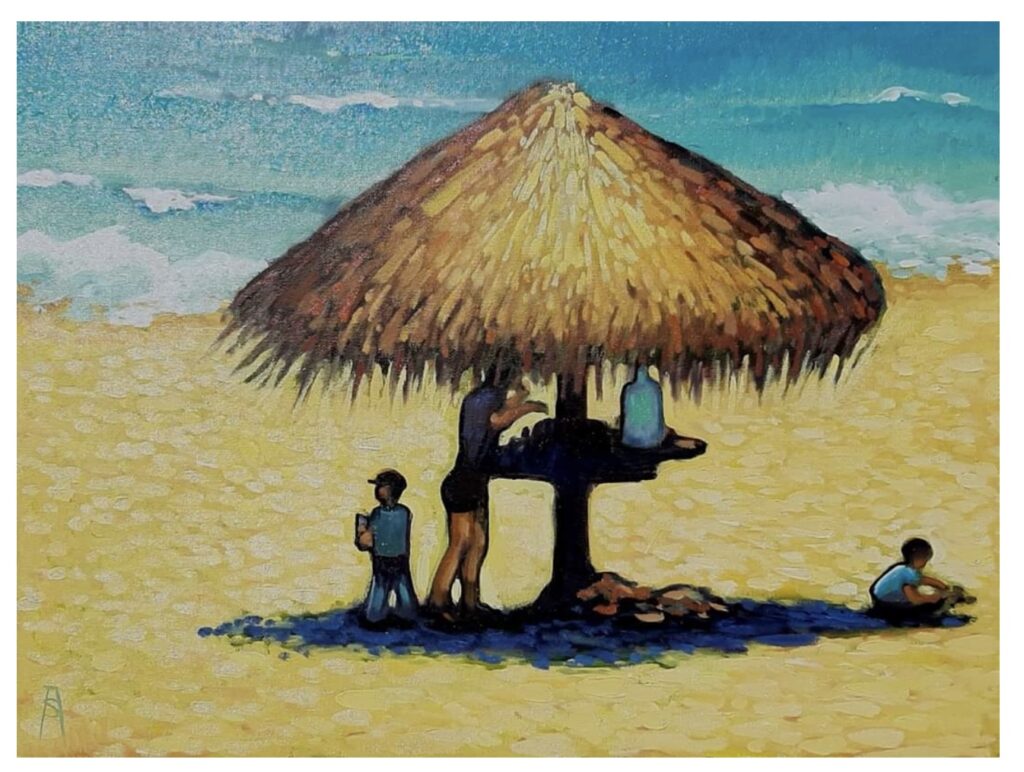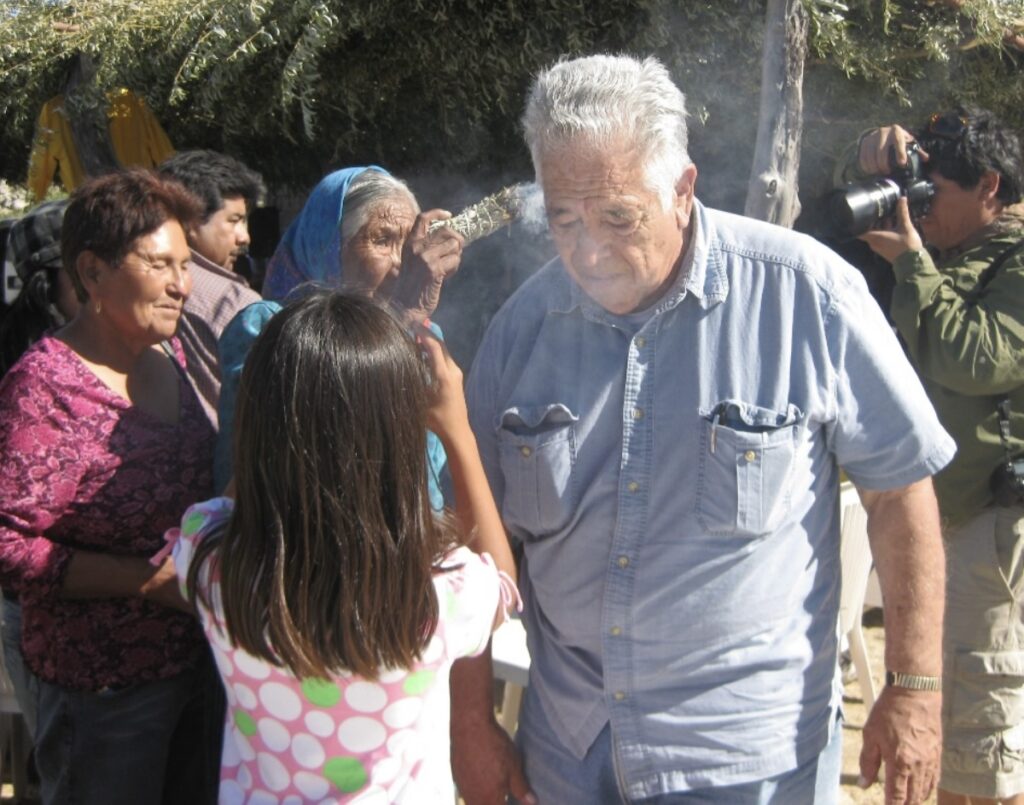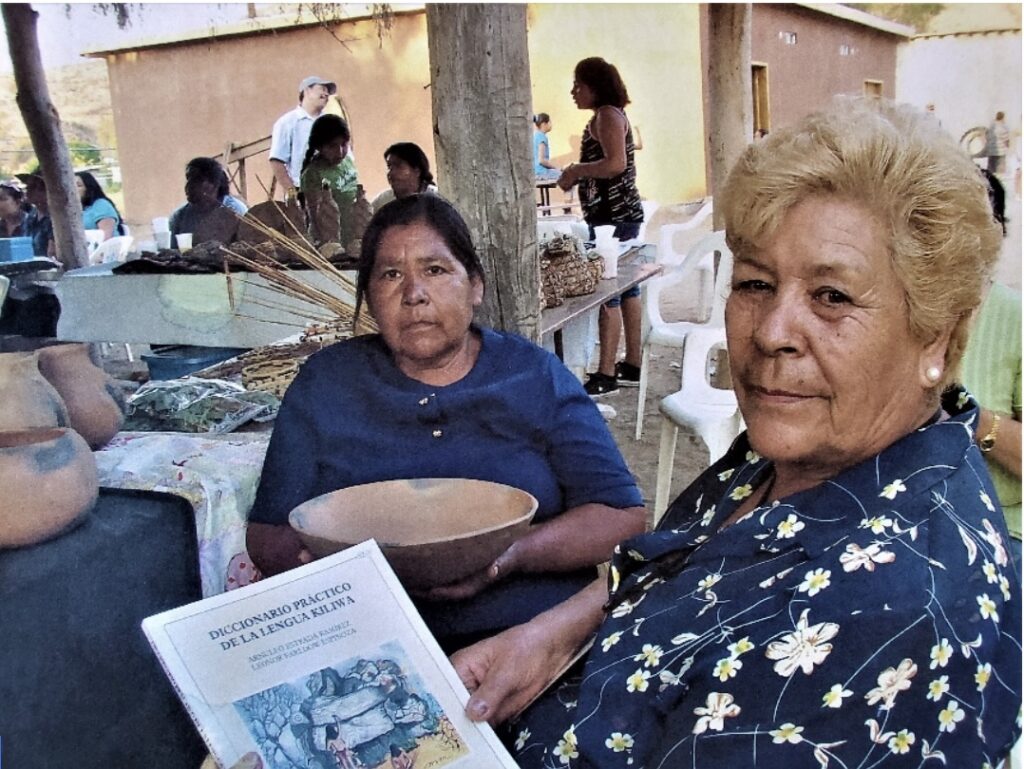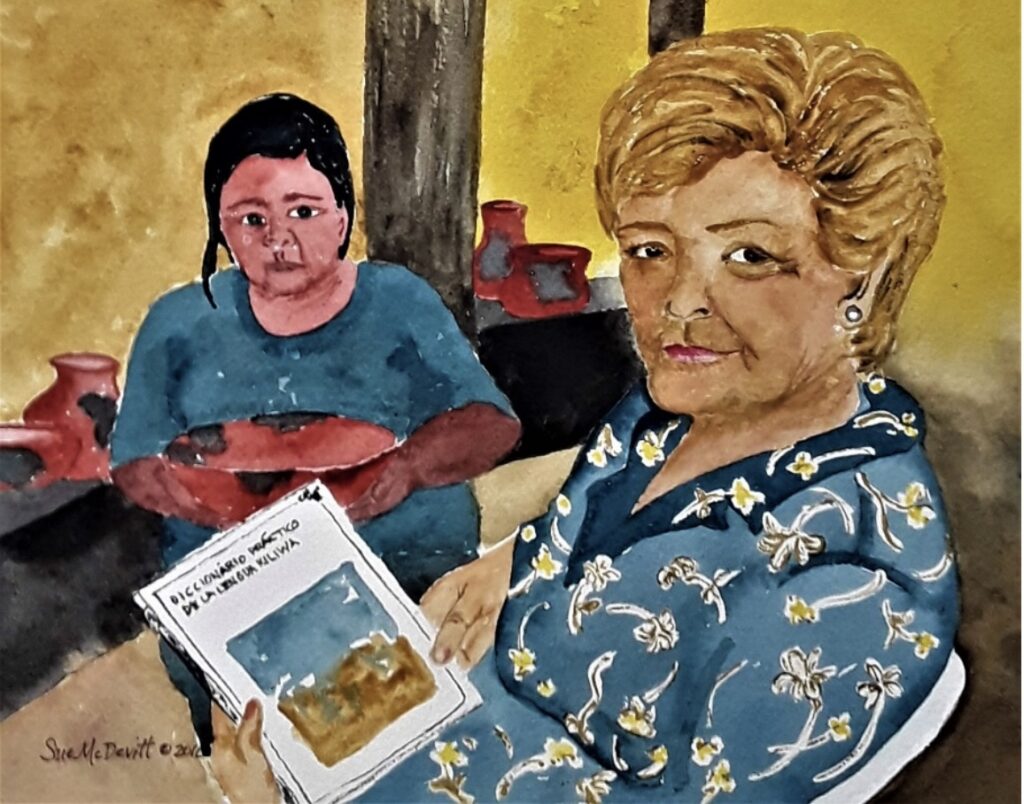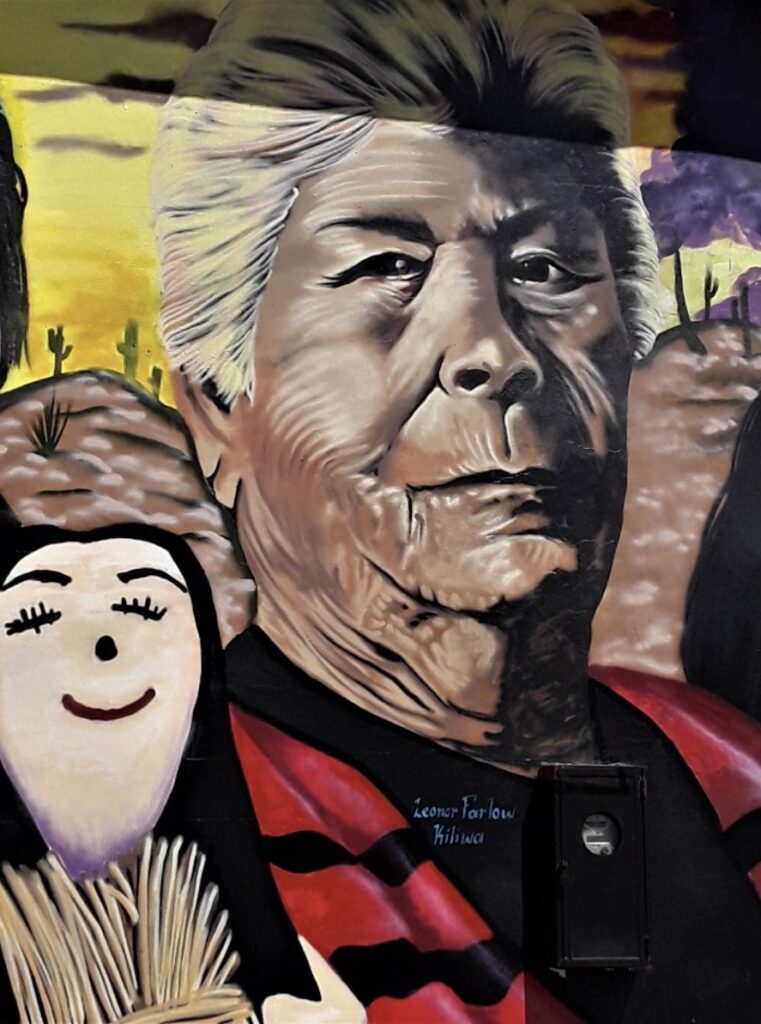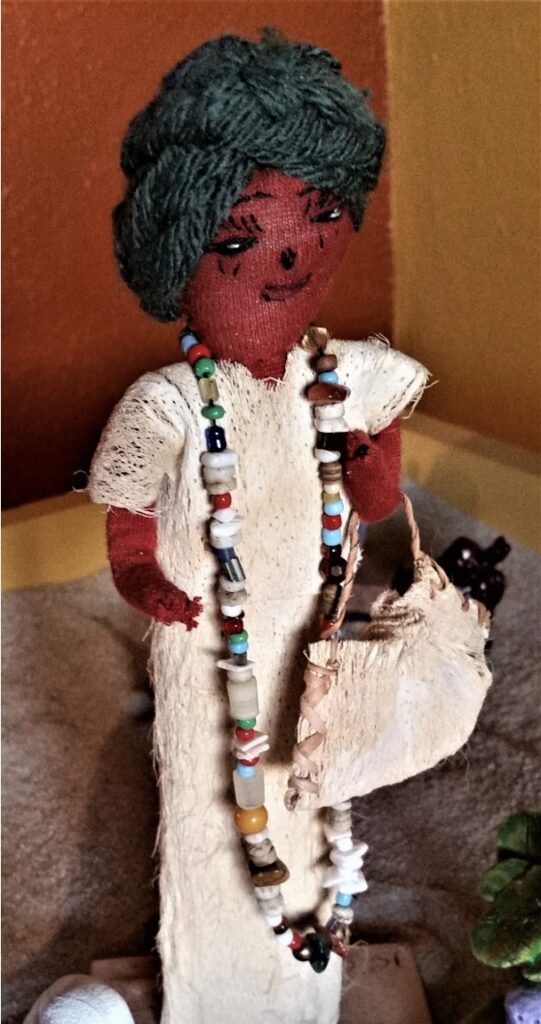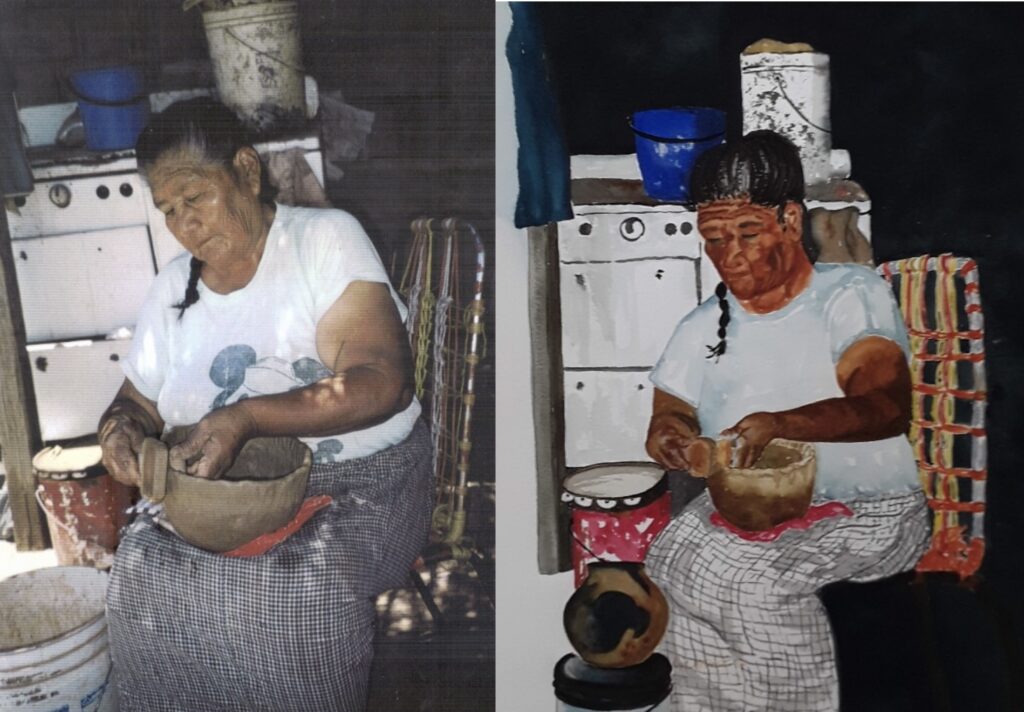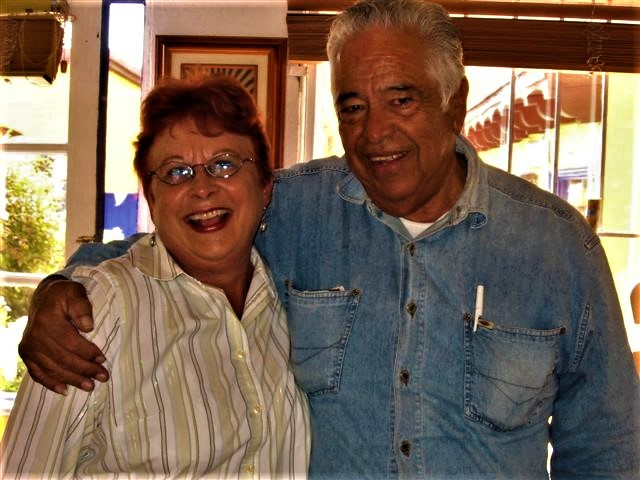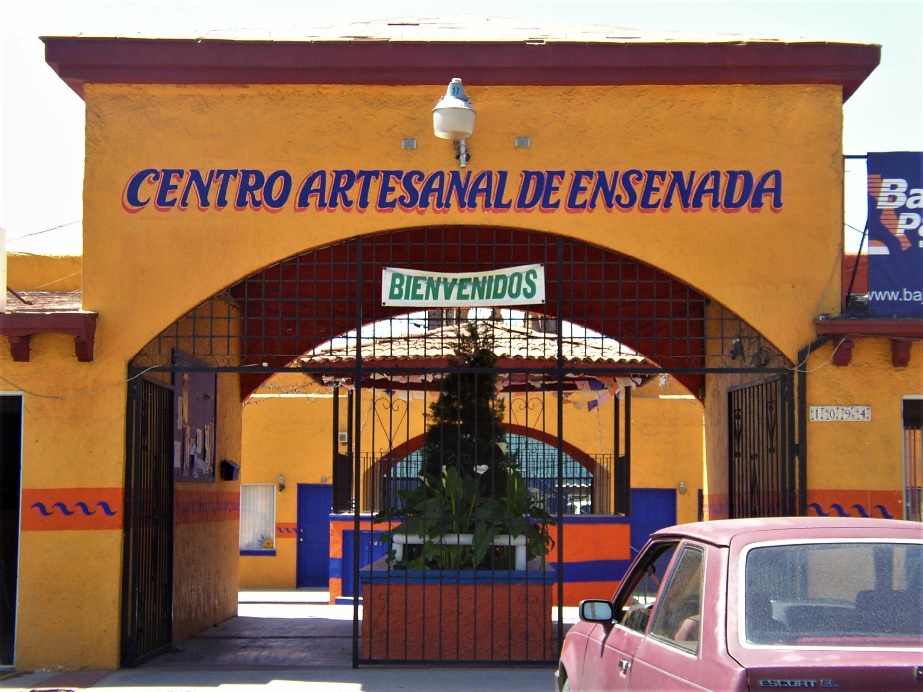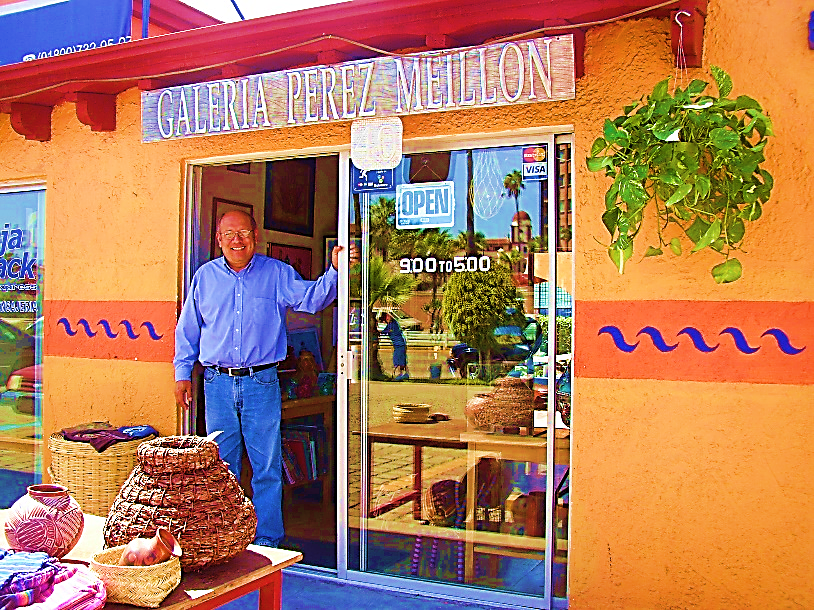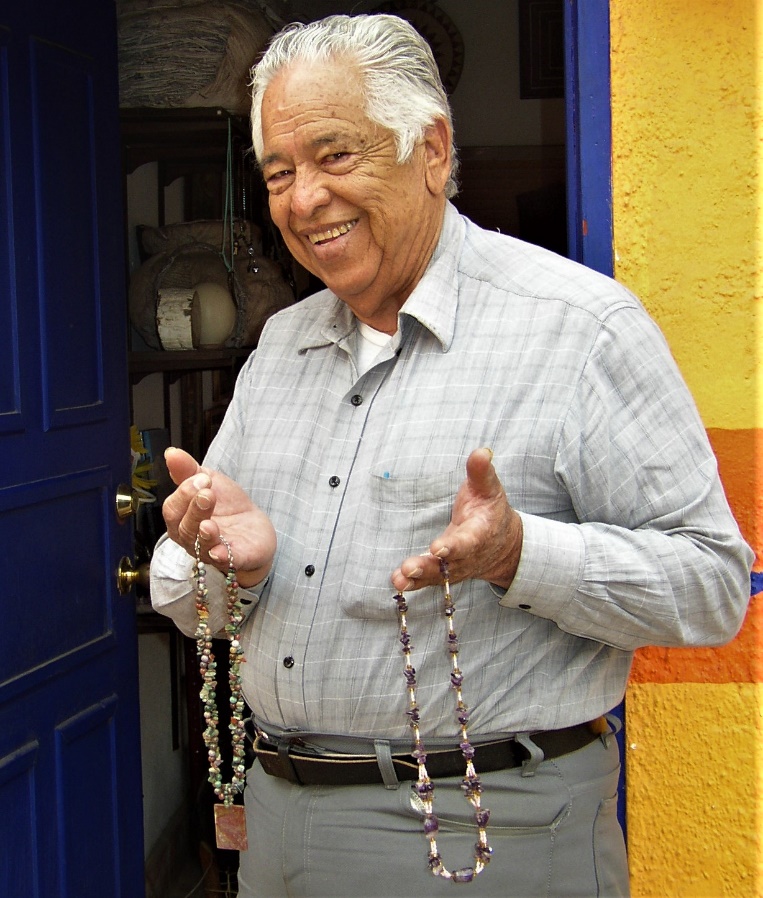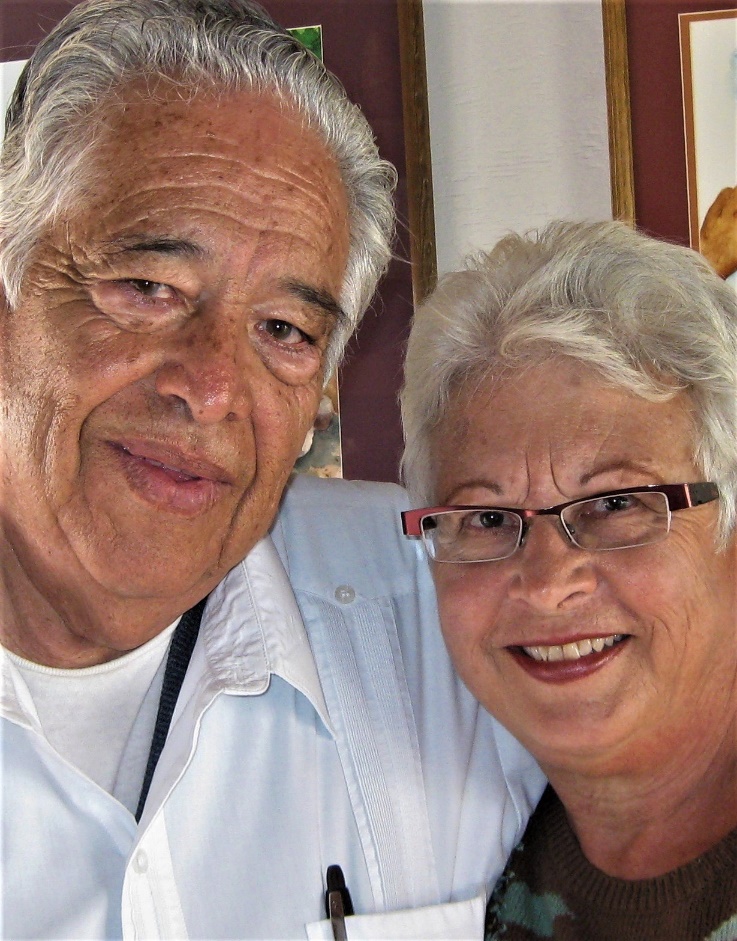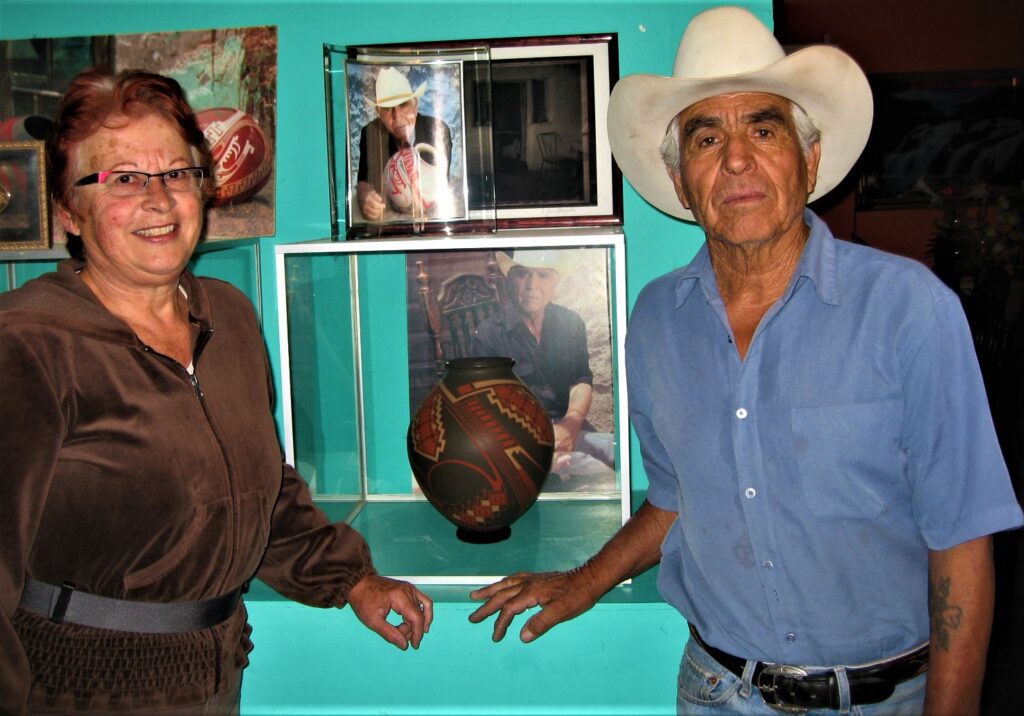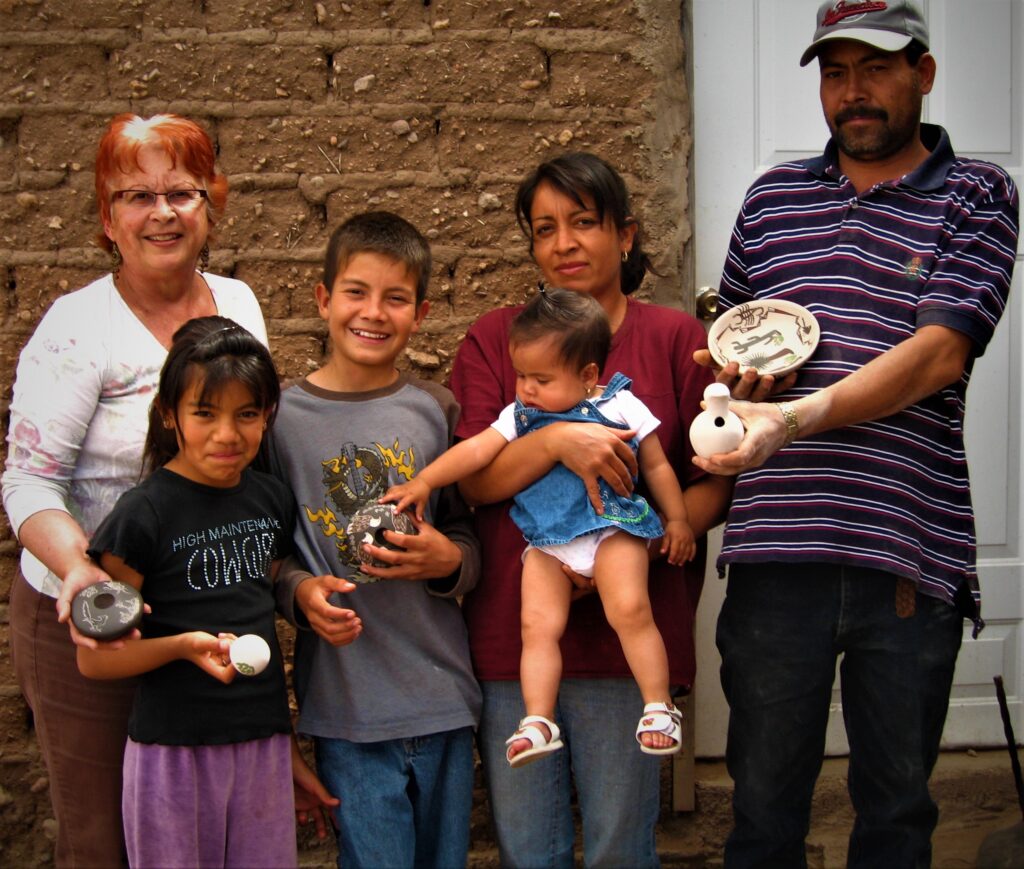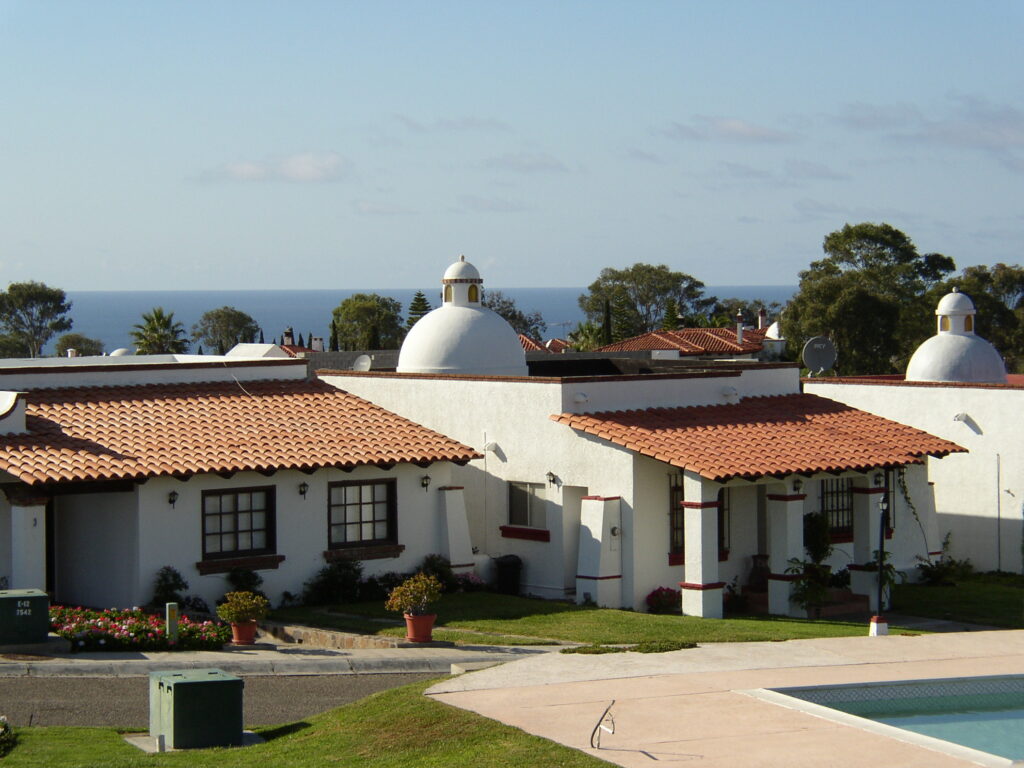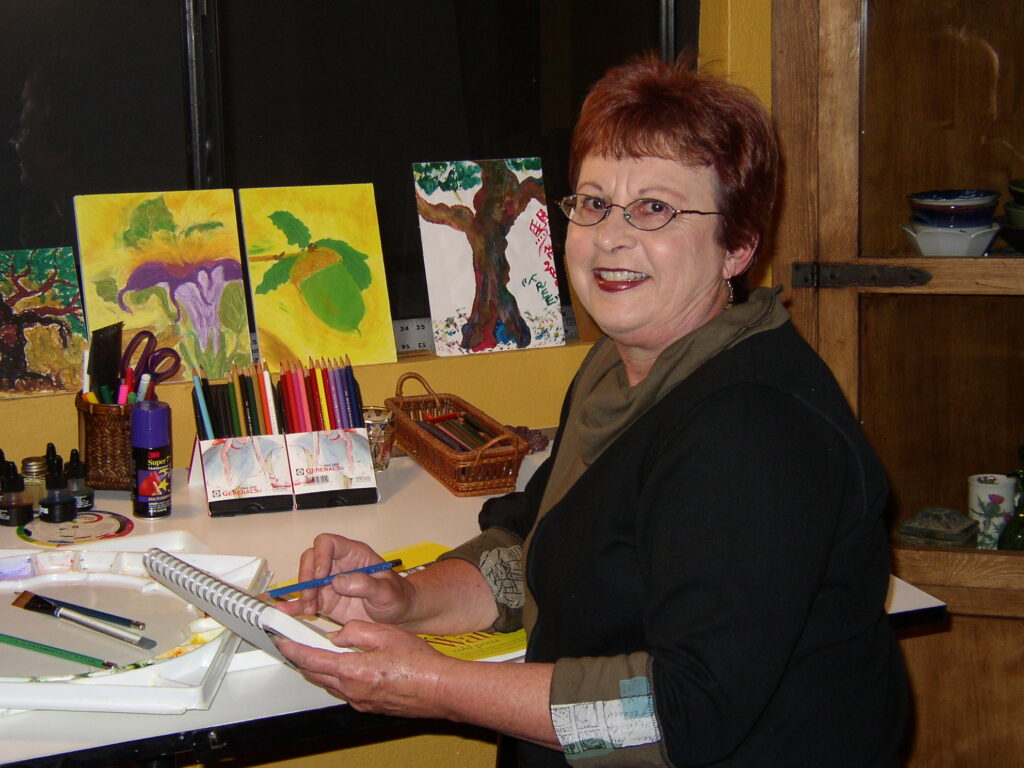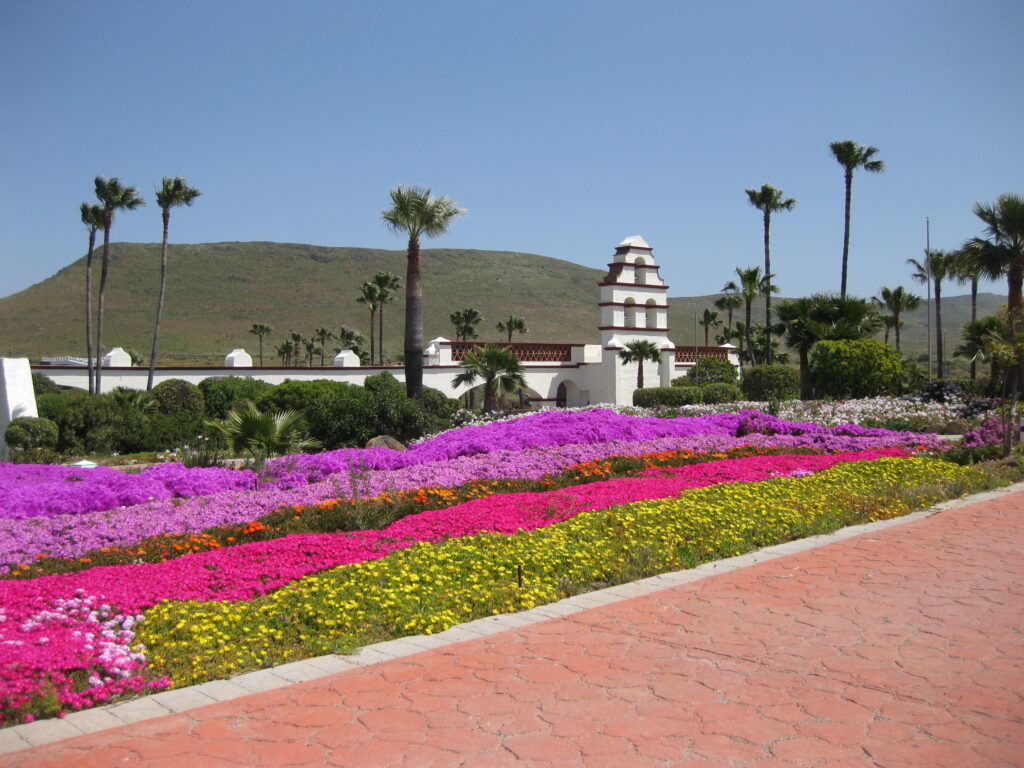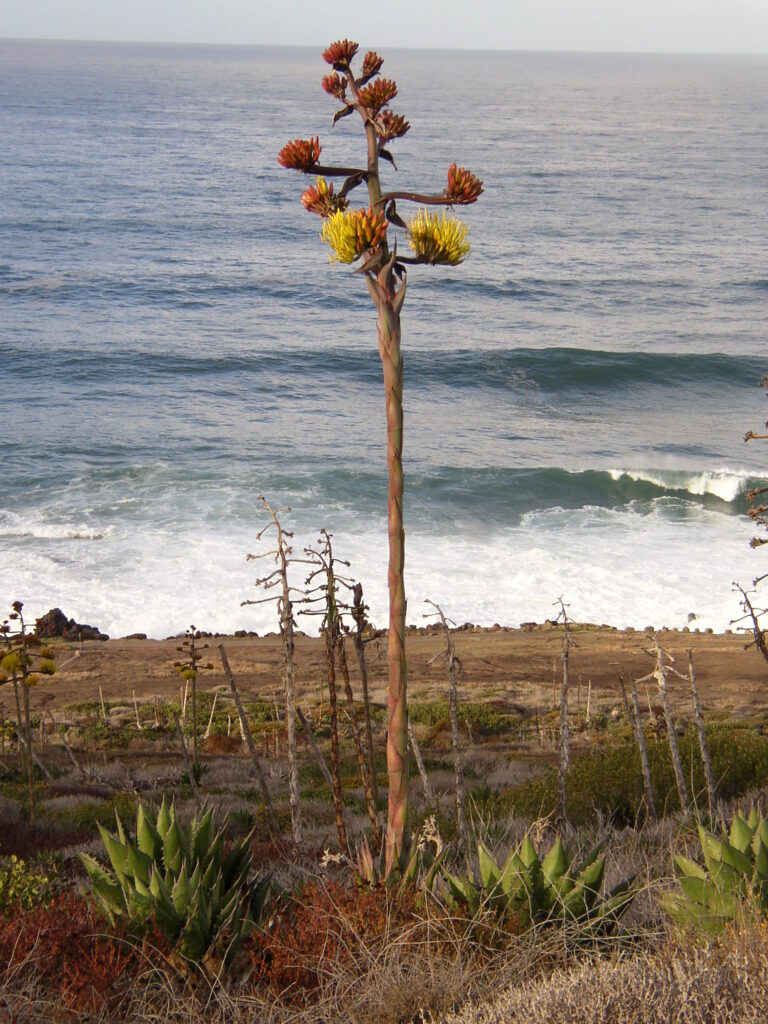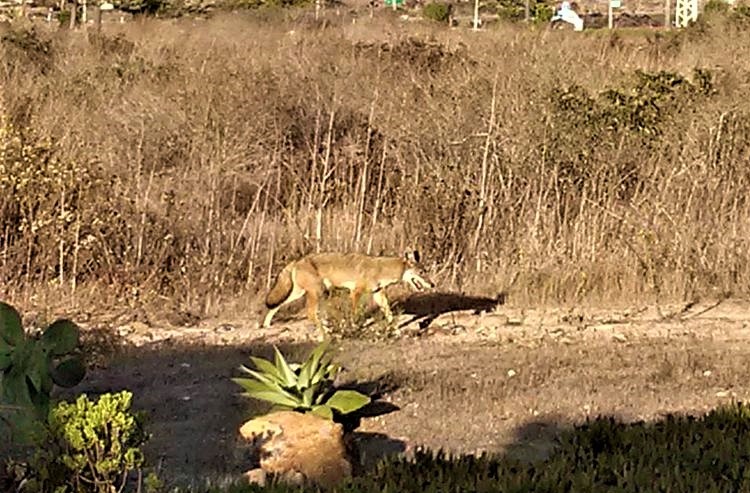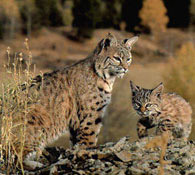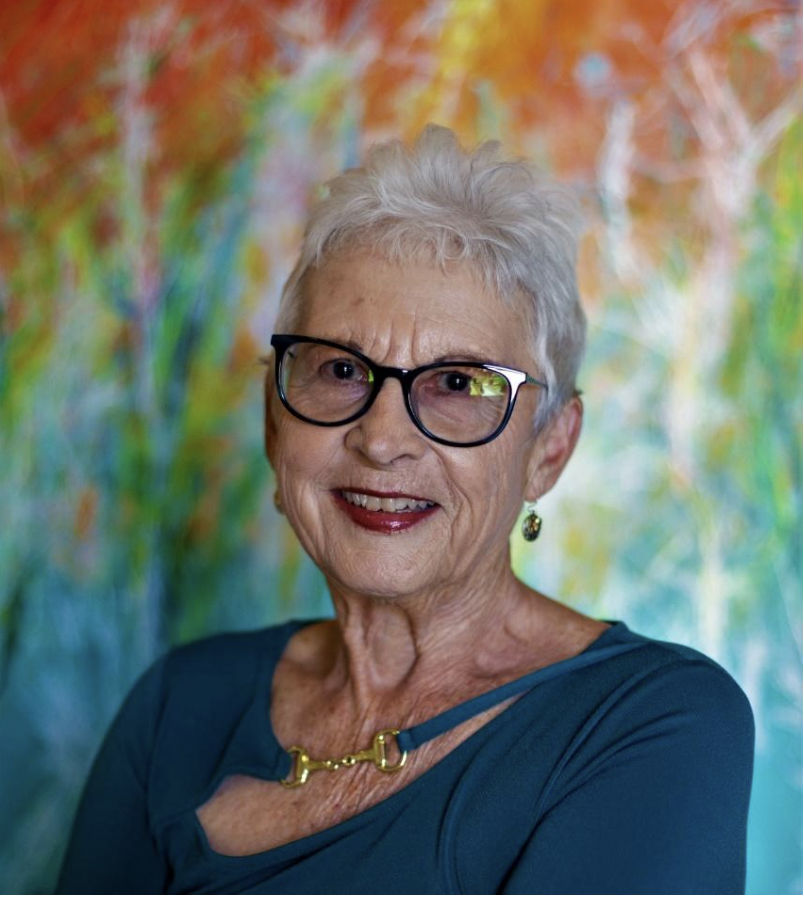This month I’m digressing from my usual emphasis on living in Baja between 2006 and 2020. I was going to entitle this blog “5 Reasons to Check your Flight Status Before Leaving Home” but I didn’t think of that prior to arriving at Tijuana Airport a few days ago.
After all, I was packed for an 11-day trip, hyped up for my first plane trip in four years, and single-mindedly intent on visiting my hermanita Liz in her hometown of Orizaba, Veracruz. I believed I had a flawless plan until I was told at the Volaris Airline counter that my flight had been cancelled. I felt like the bottom had fallen out of all my careful planning.
Popocatépetl, the massive volcano that sits midway between Mexico City and Puebla, was erupting and spewing ash over the airports which had closed because of the danger that volcanic ash poses to jet engines.
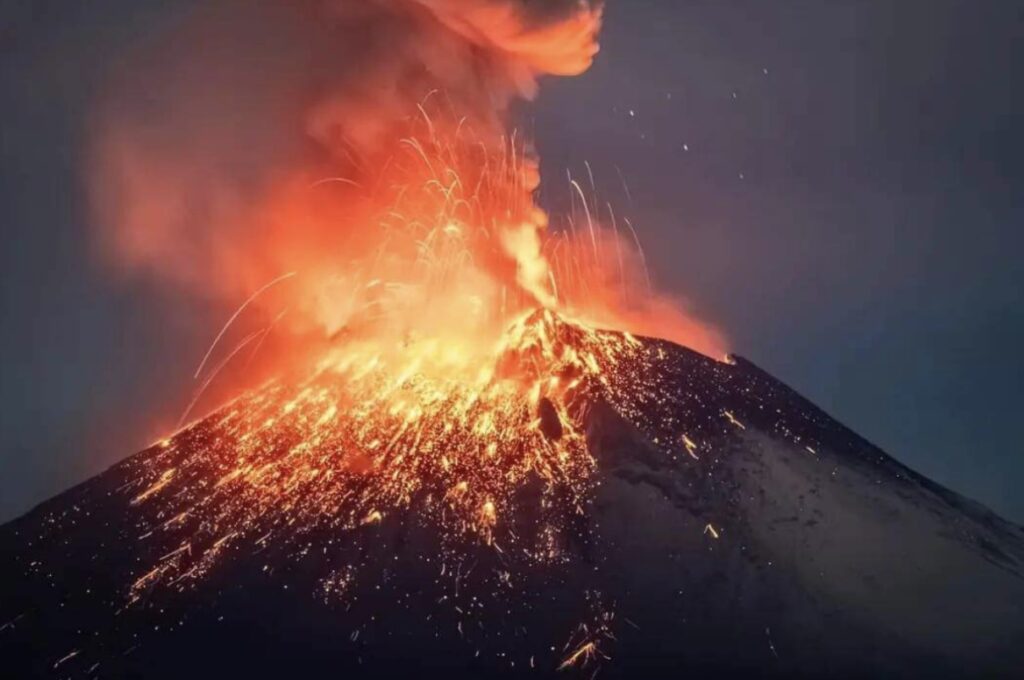
Popocatépetl Volcano erupting, May 23, 2023
What to do? My mind was perplexed but my heart said, “Keep going toward Mexico”. I believed that moving forward with my trip would be easier than returning home. I searched my geographically challenged brain for an airport that could be a jumping off point to Orizaba. Oaxaca was a possibility. I was there fifty years ago and loved it. I was soon in the air for an easy the 3 ½ – hour flight. So far, so good.
When I chose an airport shuttle van to transport me to the Oaxaca Inn Express across from the bus station, things went sideways fast – a baggage mix up, return to the airport to sort it out, another shuttle to the hotel where luggage was exchanged, check-in at a dive of a hotel, attempted inquiry about bus schedules at the station with hundreds of riders in line and no information booth, a sleepless night in an airless room…
The next day was even worse with a teachers’ strike blocking major thoroughfares, the bus station, and airport. Sadly, I shared with Liz that I wouldn’t be able to make it to Orizaba to see her.
Meanwhile, I decided to treat myself to a short sojourn at a boutique hotel and things started turning around. My taxi driver from the previous night was able to locate me and take me to the Fiesta Inn. There I luxuriated next to the pool and got a good night’s sleep in AC and a comfy bed.
The next day, I made the most of a frustrating and disappointing situation and enjoyed two delightful site-seeing days in the outskirts of Oaxaca thanks to my kind-hearted taxi driver. Here are some visual highlights:
May 24, 2023
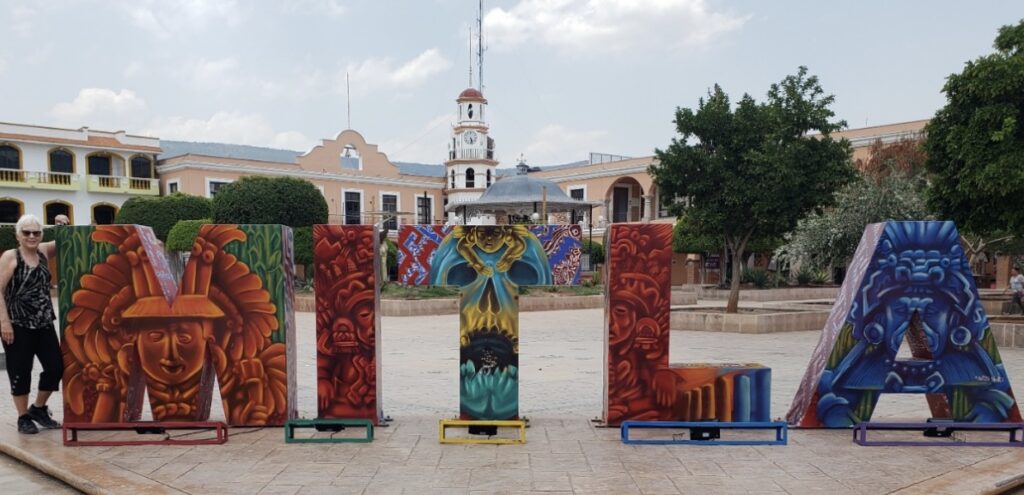

The Zapotecan Ruins of Mitla

Cactus Handrail at Mitla Ruins
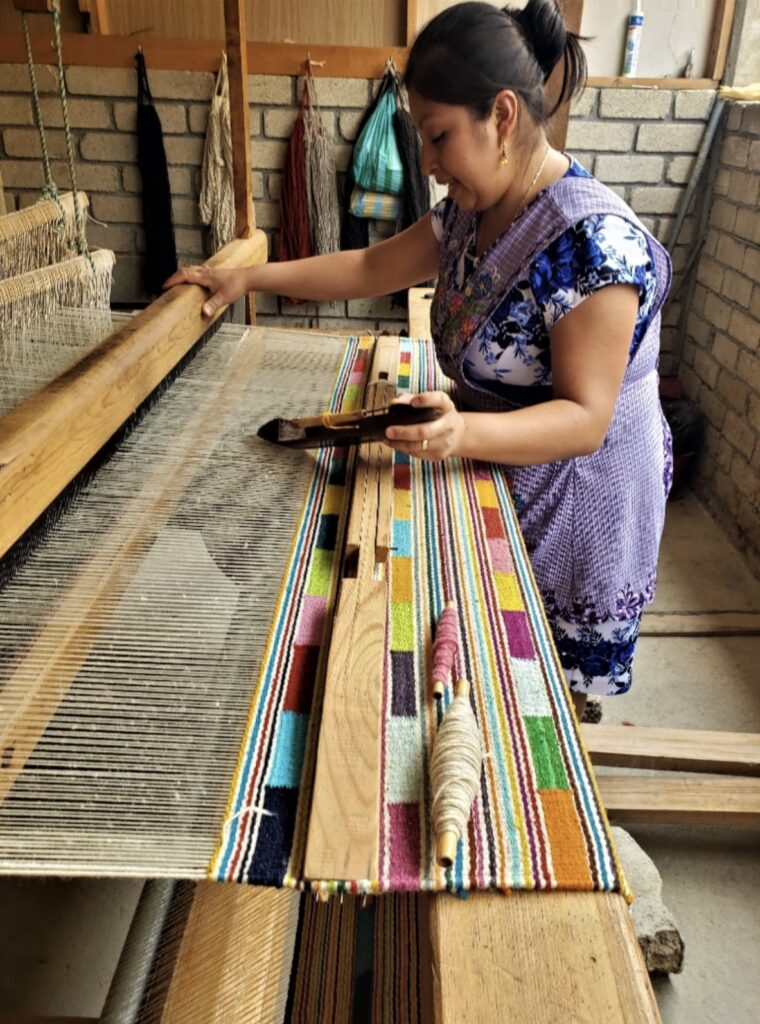
Zapotecan wool rug weaver, Dalila, in her home workshop
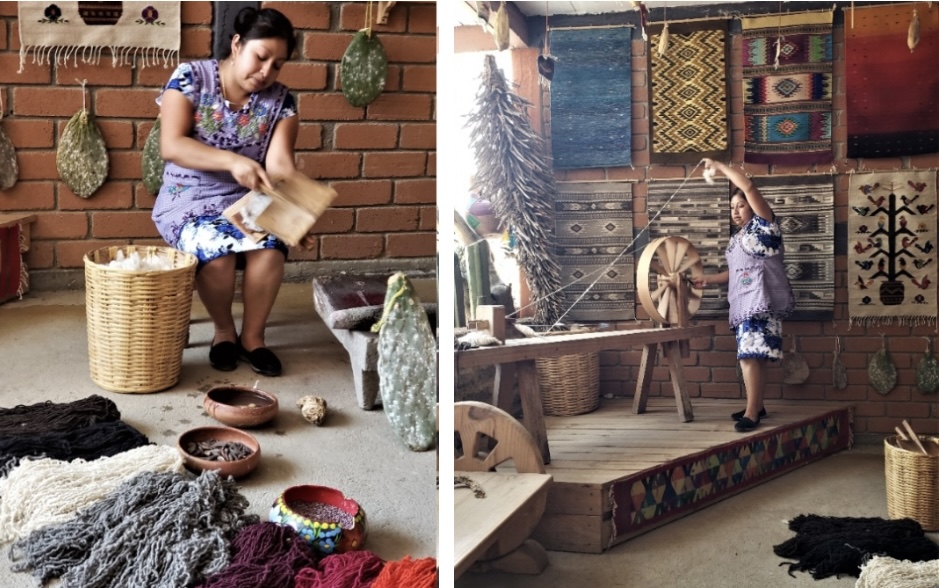
Carding to smooth the wool and spinning the threads
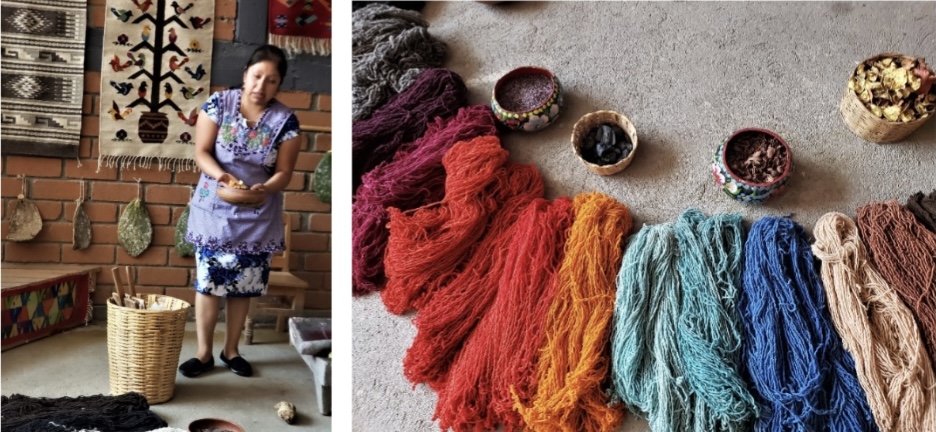
Wool is dyed with all-natural substances like walnuts, pomegranate, and indigo.
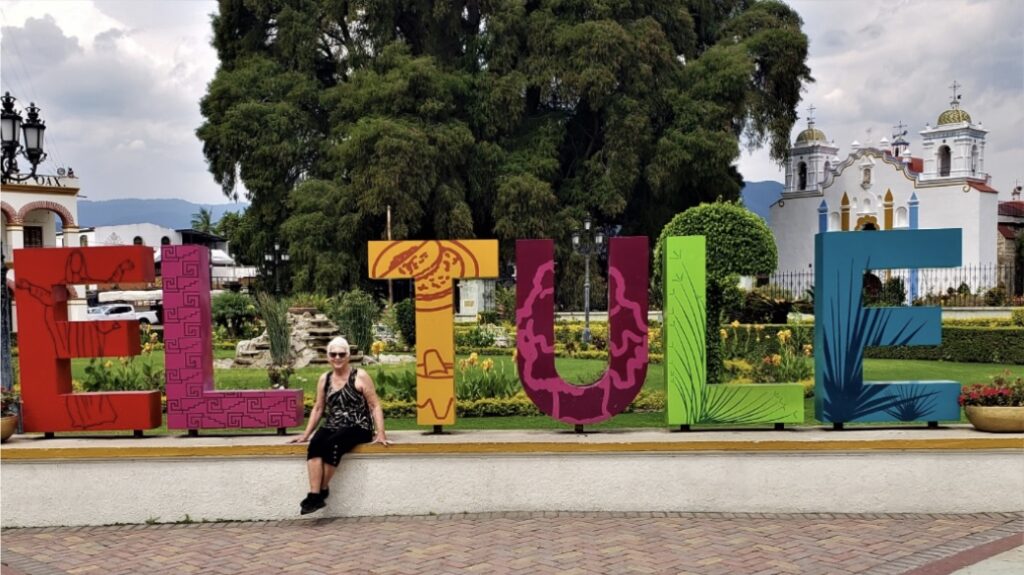
El Tule, a magnificent Montezuma cypress tree
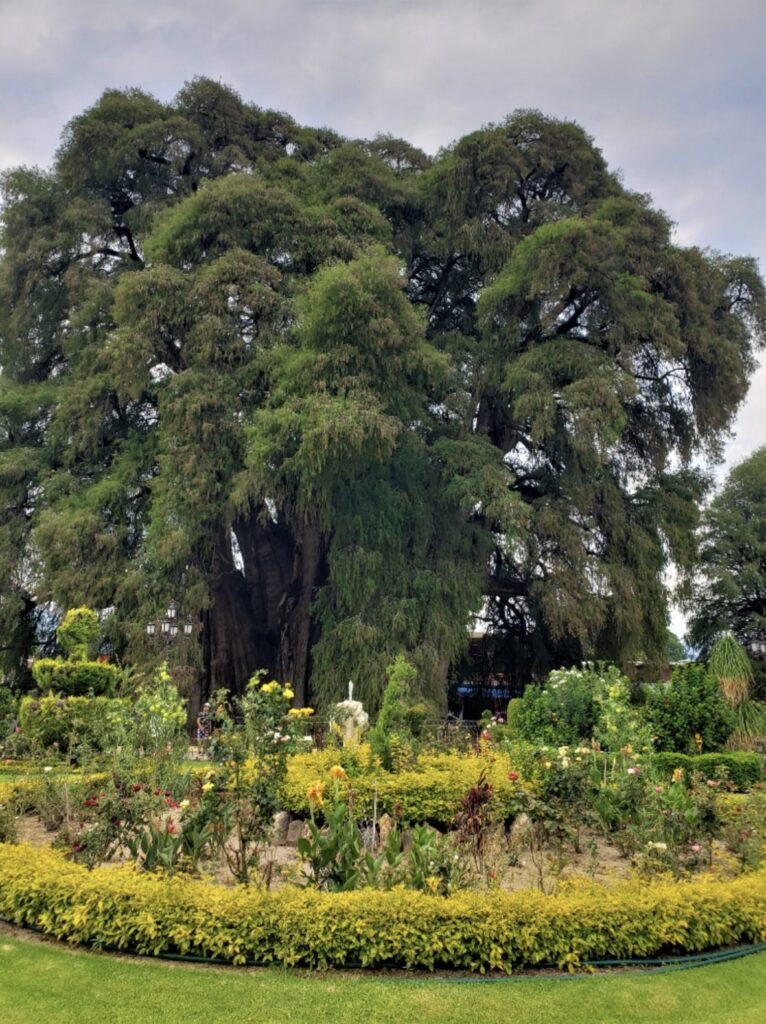
Over 2,000 years old, this tree is a designated UNESCO World Heritage Site. It has the largest trunk of any tree in the world by volume with a diameter of 46 feet. It is 137 feet high.
May 25, 2023, my 79th Birthday
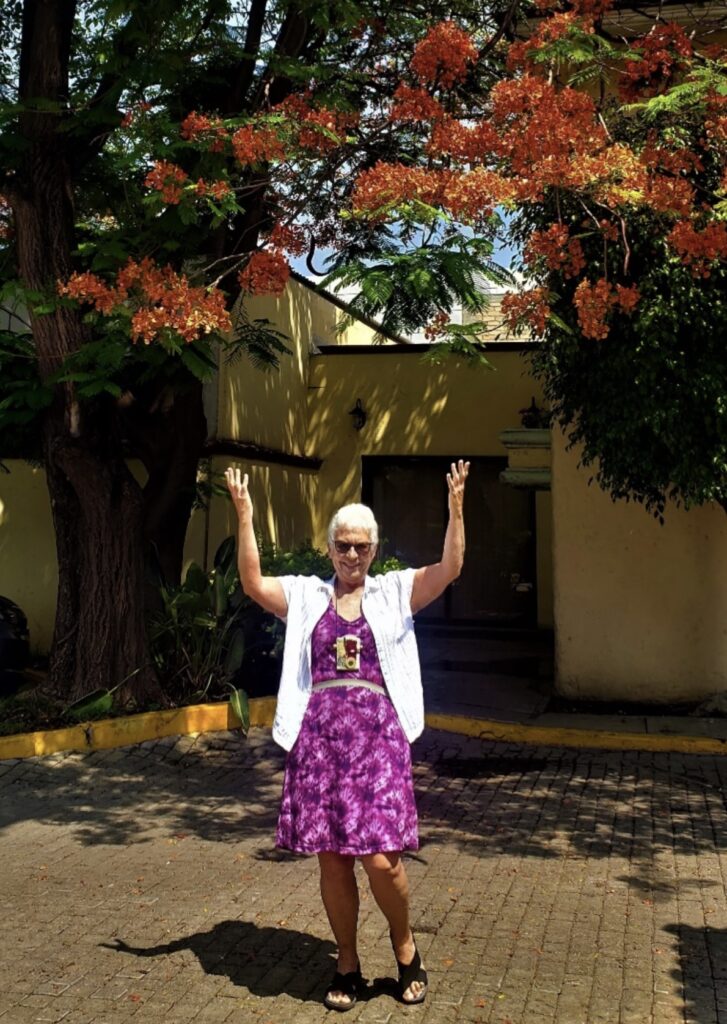
The day started under a gorgeous Royal Poinciana tree
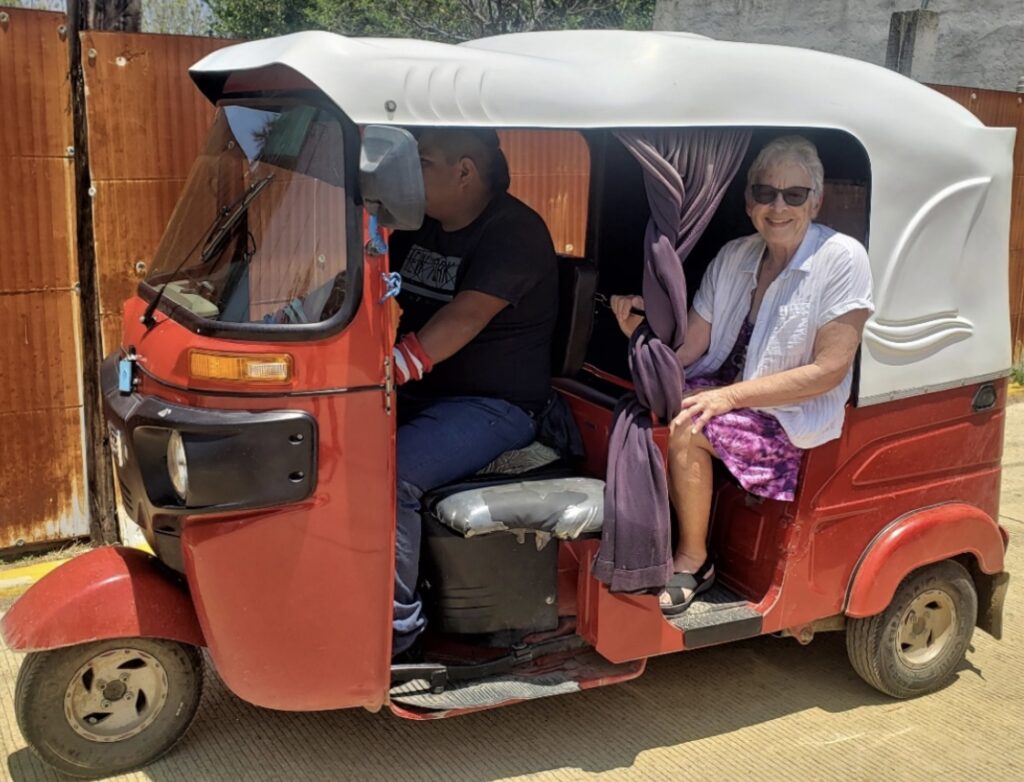
Moto taxis are a popular form of transportation in outlying villages. The driver was a friend of my taxi guy and stopped for the photo.

At the David Hernández workshop, Juan explained the process of carving and painting Zapotecan totem animals called Alebrijes

The Zapotecan calendar. My spirit animal is the owl and my protector is the dog.

Santo Tomás Jalieza is home of women back loom weavers
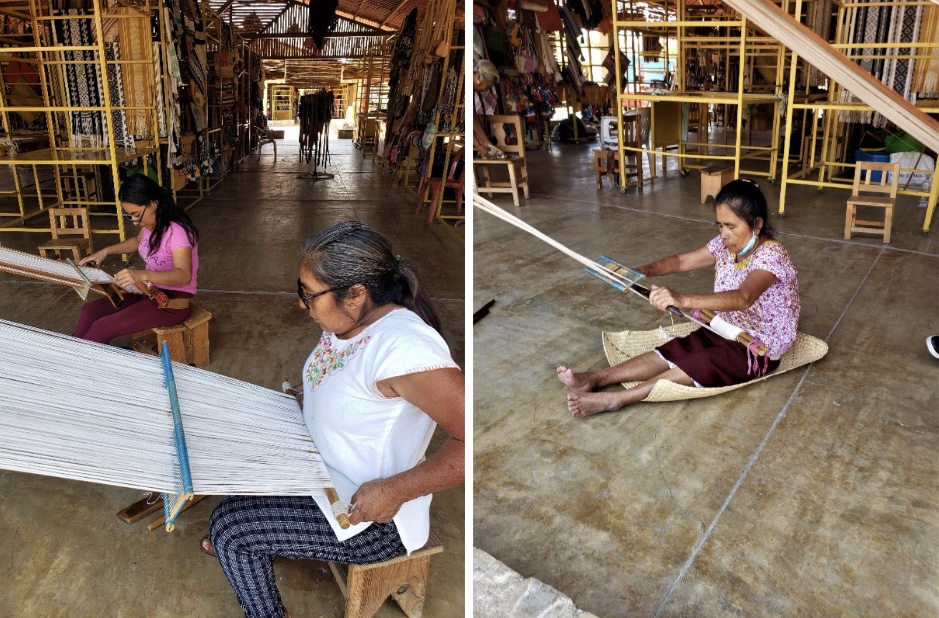
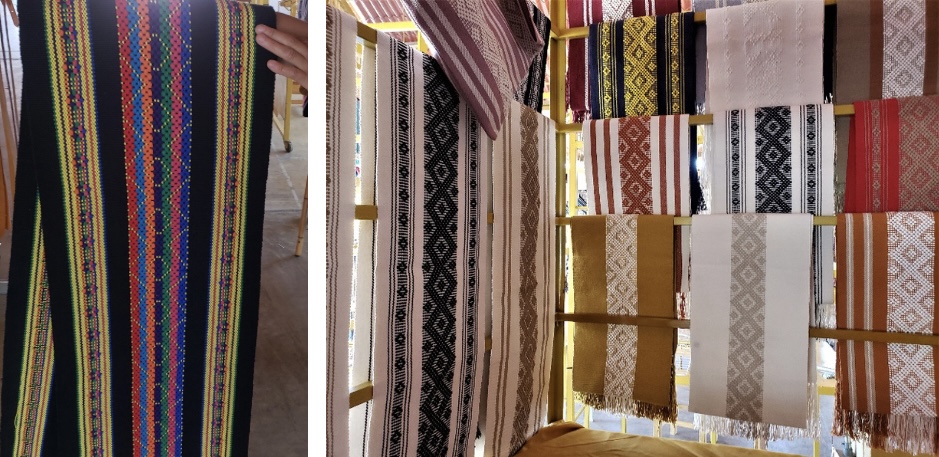
Cotton table runners

Time for a lunch celebration at Azucena Zapoteca restaurant
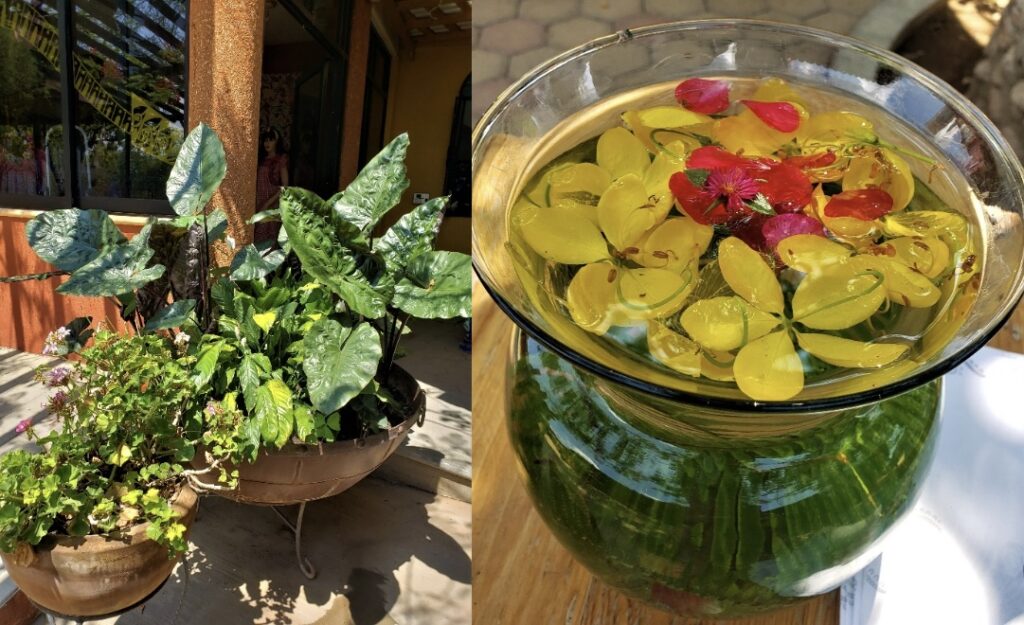
A hot, sunny day in lush surroundings
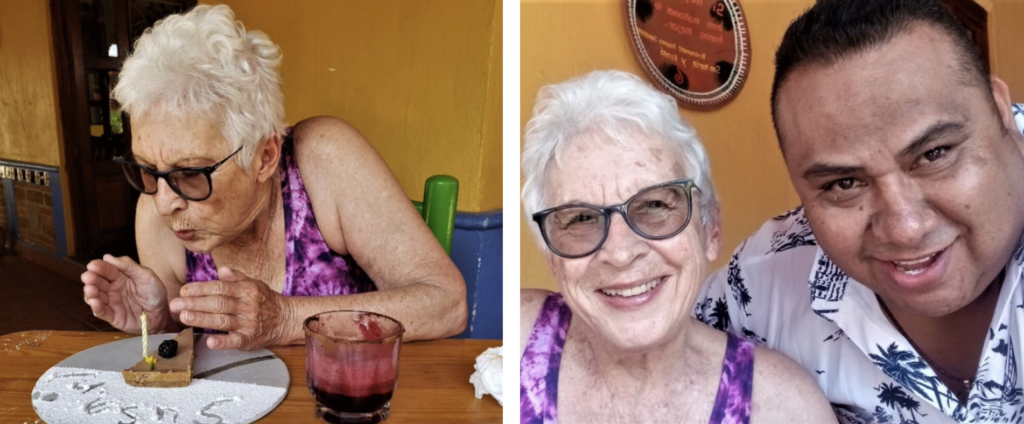
A birthday tradition in the Oaxaca outback celebrated with taxi driver, Ricardo
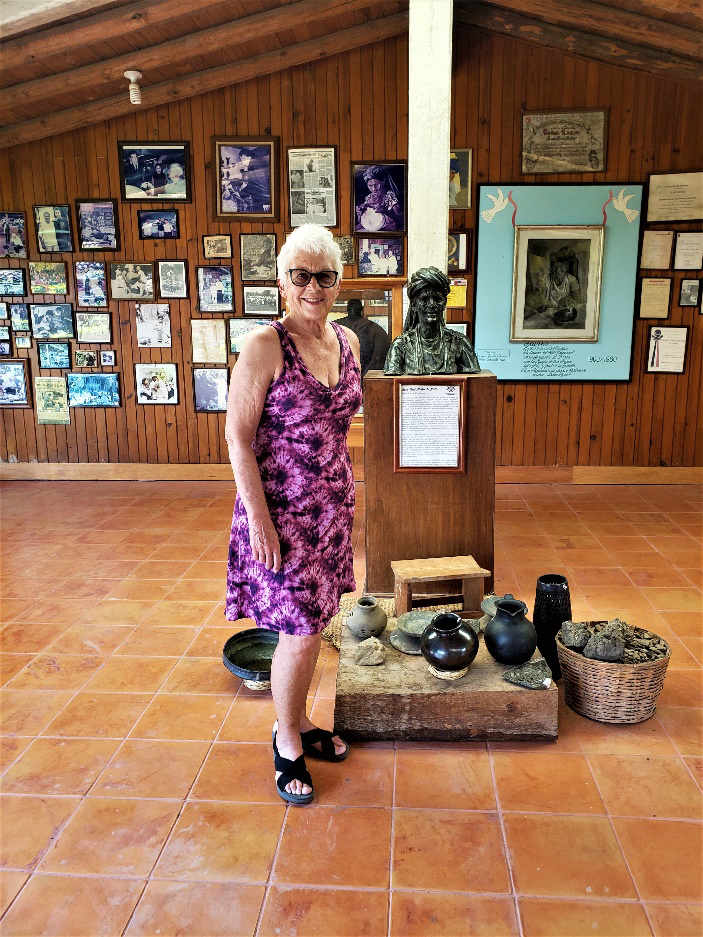
Last stop – Doña Rosa Pottery (Oaxacan black pottery showcase)
My motto: “Just say ‘yes’ and keep moving forward.”
Sue Niyazi McDevitt
6-14-23


